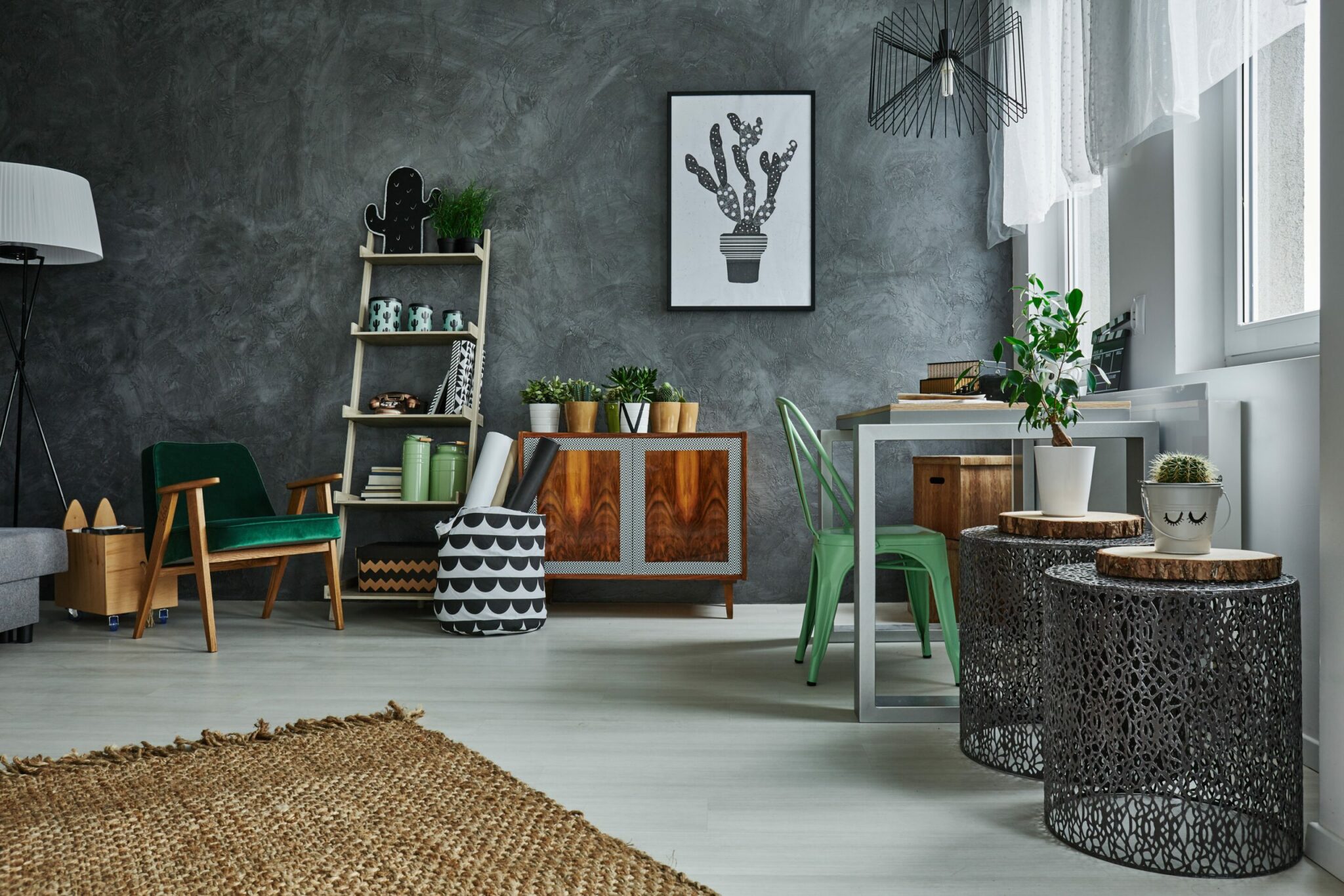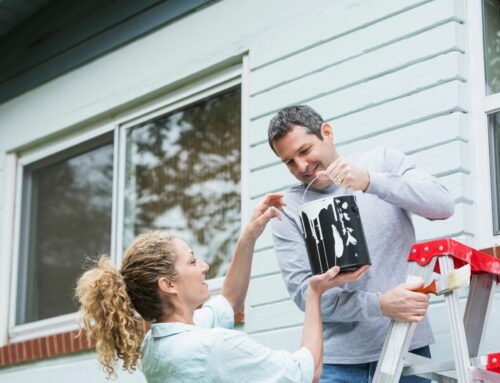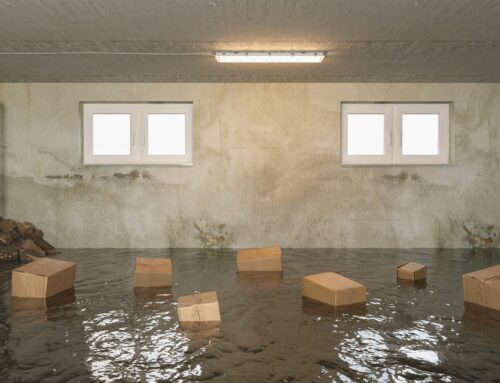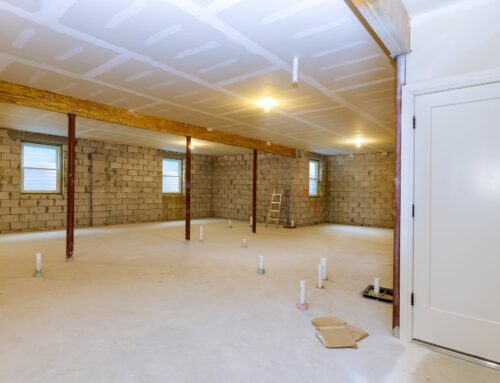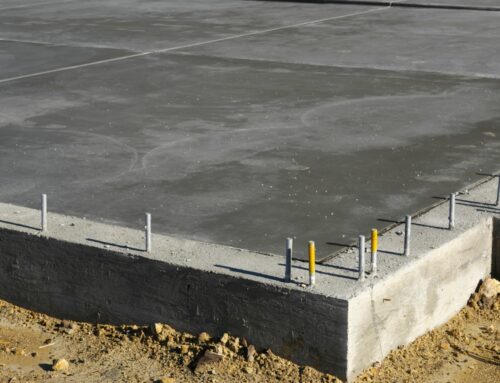Choosing the right materials is a crucial step when building or renovating a home. If you want to skip siding or brick, a great alternative is stucco.
What is Stucco?
Stucco is a construction material that’s made from aggregates, binders, and water. When applied wet, it gradually hardens to a solid, dense surface. Since you can smoothen and provide a continuous surface, it is often used as a decorative coating for walls, ceilings, and even artistic or sculptural pieces.
Sadly, some stucco can bring forth a few problems, especially without proper application of the plaster. With that, some issues could be left undetected for long periods, bringing in more significant structural problems.
So when it comes to dealing with interior plaster and stucco, it’s best to leave it to the hands of the professionals. This way, you can help mitigate risks, avoid any structural issues and damage, and have a good, sturdy wall that can last for years to come.
And besides getting credible stucco services, running a thorough inspection is critical as well. Read on to learn the difference between visual and moisture assessment when it comes to stucco inspections.
Level #1: Siding Identification
In the first stage of a stucco inspection, experts will first note the type of stucco used, which is considered a visual inspection. Additionally, they will also examine the current condition and potential issues that they may encounter in the later stages of the inspection.
During this stage, experts will identify any siding faults and oversight that could trigger bigger structural problems in the future. And with that, moisture assessment will also be performed.
Level #2: Non-Invasive Inspection
After the first stage of visual and moisture inspection has been performed, professionals will then get a comprehensive assessment of your home’s exteriors. Visual and moisture assessment is more detailed at this stage, allowing professionals to identify structural pain points.
During this stage, they’ll take a closer look at the structural dignity of your home’s exterior, putting tabs on noticeable physical damage and improper installation. Besides that, connected fixtures, like bulbs, flashing, electrical, and plumbing outlets will also be taken into account, allowing you to check for water and electrical damage along the way.
Level #3: Invasive Inspection
Finally, the last type of inspection is more invasive compared to the rest. Besides a comprehensive visual assessment, professionals may need to penetrate the siding to locate moisture damage.
Since this is a more invasive approach, professionals will need to use moisture recording readings to help identify the extent and level of the interior plaster and stucco damage. With the data, you’ll get a clearer view of the damage, and necessary precautions will be performed to eliminate and mitigate the damage.
The Bottom Line: Have Professionals Deal With Your Stucco Inspection
Seeing as there are a bunch of things to consider when going through a stucco inspection, it only fits that you hire a reputable team to perform these inspections. Although interior plaster and stucco are affordable and effective wall and ceiling alternatives, you may be dealing with costly penalties and damage in the future without proper inspection.
How Can We Help You?
With over 60 years of experience, we offer only the best residential and commercial plaster and stucco services in the Bay Area. Our services include interior plaster and stucco, exterior plaster and stucco, Venetian plastering, fireplaces, concrete and plaster walls, meshing, and more.
So if you’re working on building or rebuilding your property, it’s only right that you work with a credible team. Speak to us today and learn more about how we can help you!

